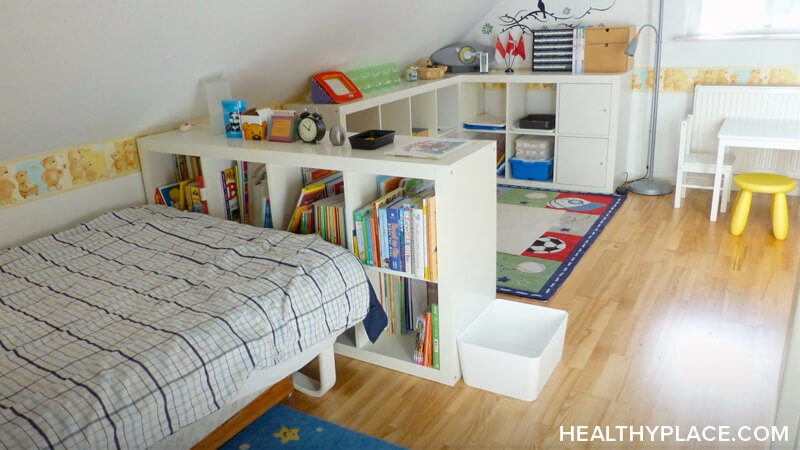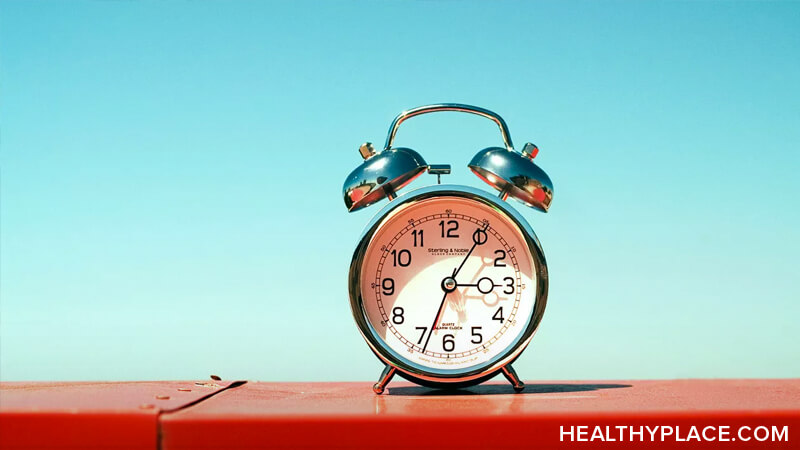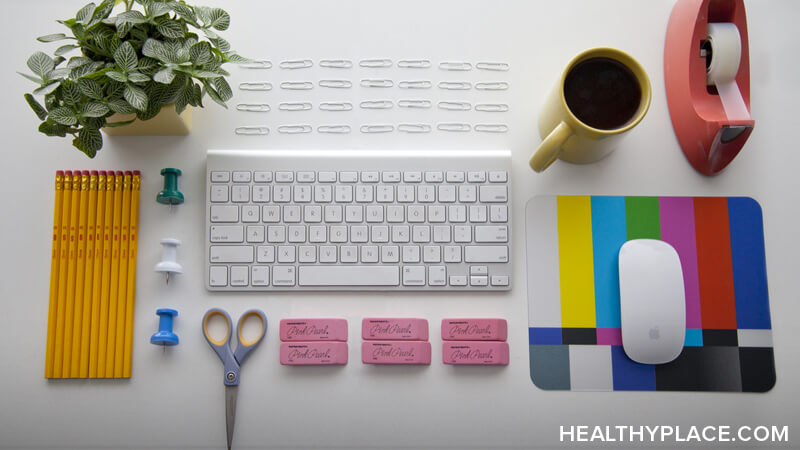Non-Surgical Management of Erectile Dysfunction (ED)
Erectile dysfunction (ED) is a medical term that describes the inability to achieve and or maintain an erect penis adequate for sexual function. This condition is one of the most common sexual problems for men and the number of men suffering from ED increases with age. Approximately 25 million American men suffer from ED, although not all men are equally distressed by the problem.
What happens under normal conditions?
Achieving a normal erection is a complex process involving psychological impulses from the brain, adequate levels of the male sex hormone testosterone, a functioning nervous system, and adequate and healthy vascular tissue in the penis. The simplest way to describe the process of erection is to think of a washing machine. The "on-off" switch (the brain) initiates the process; the wires in the washing machine (the nerves) carry the electrical signal to the pipes (the blood vessels), when an appropriate signal arrives a valve opens to allow water to flow in (the arteries carry blood into the penis) and the drain shuts (the penile veins close). Water flows in and fills the tank (the penis fills with blood and becomes erect) and the wash cycle begins (enjoys sexual activity). At the end of the wash cycle this process reverses, the switch goes to the off position (the brain terminates erection), the valve closes (the arteries markedly decrease blood inflow) and the drain opens draining the wash tank of water (the veins open, blood leaves the penis and erection subsides).
What are the risk factors for ED?
There are risk factors for the development of ED. As men age, the level of circulating testosterone decreases, which may interfere with normal erection. While a low testosterone level itself is rarely the cause of ED (5 percent or less), low testosterone can be an additional contributing factor in many men who have other risk factors for ED. Low levels of sexual desire, lack of energy, mood disturbances and depression can all be symptoms of low testosterone. A simple blood test can determine if the testosterone level is abnormally low, and testosterone can be replaced using a number of different delivery systems (e.g., shots, skin patches, gels, pills placed under the tongue).
What are some causes of ED?
By far, the most important cause of the development of ED is the presence of illnesses like high blood pressure, diabetes mellitus, high cholesterol levels and cardiovascular disease. These processes, acting over time, can lead to a degeneration of the penile blood vessels, leading to restriction of blood inflow through the arteries and also to leakage of blood through the veins during erection.
The choices we make in life can lead to degeneration of the erectile tissue and the development of ED. Smoking, drug or alcohol abuse, particularly over a long period of time, will compromise the blood vessels of the penis. Lack of exercise and a sedentary lifestyle will contribute to the development of ED. Correction of these conditions will contribute to overall health and may in some individuals correct mild ED. Treatment of many medical conditions can interfere with normal erections. Drugs used to treat these risk factors listed above may also lead to or worsen ED. Patients undergoing surgery or radiation therapy for cancer of the prostate, bladder, colon or rectum are at high risk for the development of ED.
How is ED diagnosed?
For most patients, the diagnosis will require a simple medical history, physical examination and a few routine blood tests. Most patients do not require extensive testing before beginning treatment. The choice of testing and treatment depends on the goals of the individual. If erection returns with simple treatment like oral medication and the patient is satisfied, no further diagnosis and treatment are necessary. If the initial treatment response is inadequate or the patient is not satisfied, then further steps may be taken. In general, as more invasive treatment options are chosen, testing may be more complex.
What are some non-surgical treatments?
The first line of therapy for uncomplicated ED is use of oral medications known as phosphodiesterase-5 inhibitors (PDE-5) -- , or tadalafil (Cialis). Men with ED take these pills before beginning sexual activity and the drugs boost the natural signals that are generated during sex, thereby improving and prolonging the erection itself. These medications are safe and fairly effective, with improvement in erection in nearly 80 percent of patients using these drugs. Early concerns about possible bad effects on the heart have not proven true; after extensive testing and five years of use, sildenafil citrate can be used safely by all heart patients except those using medications called nitrates because of an interaction between these two classes of drugs. The side effects of PDE-5 inhibitors are mild and usually transient, decreasing in intensity with continued use. The most common side effects are headache, stuffy nose, flushing and muscle aches. In rare cases, sildenafil can cause blue-green shading of vision due to high blood levels of sildenafil exerting a brief effect on the retina of the eye. This is of no long-term risk and is gone within a short time as the amount of sildenafil in the blood decreases. It is important to follow the instructions for using these medications in order to get the best results. Tests have shown that 40 percent of men who do not respond to sildenafil will respond when they receive proper instruction on medication use.
For men who do not respond to another drug, alprostadil, is approved for use in men with ED. This drug comes in two forms: injections that the patient places directly into the side of the penis and a transurethral suppository. Success rates with self-injection can reach 85 percent. Modifying alprostadil to allow transurethral delivery avoids the need for a shot, but reduces the effectiveness of the agent to 40 percent. The most common adverse effects of alprostadil use are a burning sensation in the penis and the risk of overcorrecting the problem, resulting in a prolonged erection lasting over four hours and requiring medical intervention to reverse the erection.
For men who cannot or do not wish to use drug therapy, an external vacuum device may be acceptable. This device combines a plastic cylinder or tube that slips over the penis, making a seal with the skin of the body. A pump on the opposite end of the cylinder creates a low-pressure vacuum around the erectile tissue, which results in an erection. To keep the erection once the plastic cylinder is removed a rubber constriction band goes around the base of the penis, which maintains the erection. With proper instruction, 75 percent of men can achieve a functional erection using a vacuum erection device.
There are some men who have severe degeneration in the tissues of the penis, which makes them unable to respond to any of the treatments listed above. While this is a small number of men, they usually have the most severe forms of ED. Patients most likely to fall into this group are men with advanced diabetes, men who suffered from ED before undergoing surgical or radiation treatment for prostate or bladder cancer and men with deformities of the penis called Peyronie's disease. For these patients, reconstructive prosthetic surgery (placement of a penile prosthesis or "implant") will restore erection, with patient satisfaction rates approaching 90 percent. Surgical prosthetic placement normally can be performed in an outpatient setting or with one night of hospital observation. Possible adverse effects include infection of the prosthesis or mechanical failure of the device.
What can be expected after treatment?
All of the treatments above, with the exception of prosthetic reconstructive surgery, are temporary and meant for use on demand. The treatments compensate for but do not correct the underlying problem in the penis. So it is important to follow-up with your doctor and report on the success of the therapy. If your goals are not reached, if your erection is not of sufficient quality or duration and you are still distressed, you should explore the alternatives with your doctor. Because the medications used are not correcting the problems leading to ED, your response over time may not be what it once was. If such should occur again, have a repeat discussion with your physician about the remaining treatment options.
Frequently Asked Questions
How do I know my ED is not in my head?
Many years ago most men with ED were thought to have psychological problems. This was the result of our ignorance of the normal mechanism of erection and the causes of ED. We now realize that most men have underlying physical causes.
If I worry about my ability to get an erection can I make a bad condition worse?
Nothing happens in the body without the brain; worrying about your ability to get an erection can itself interfere with the process. This condition is called performance anxiety and can be overcome with education and treatment ("Is It Erectile Dysfunction from Diabetes or Performance Anxiety?").
Can I combine treatment options?
This is often done but because of the risk of prolonged erections with drug therapy, it should only be performed under physician supervision. Ask your doctor for proper instructions.
I was fine until I began taking this new drug, what should I do?
Many drugs can cause ED, but some cannot be changed because the benefits outweigh the adverse effects. If you are fairly certain that a specific drug has caused the problem, discuss the possibility of a medication change with your doctor. If you must remain on the specific medication causing the problem, the treatment options outlined above can still be used in most cases.
Glossary Terms
arteries: Blood vessels that carry blood from the heart to various parts of the body.
bladder: The balloon-shaped pouch of thin, flexible muscle in which urine is temporarily stored before being discharged through the urethra.
cancer: An abnormal growth that can invade nearby structures and spread to other parts of the body and may be a threat to life.
cholesterol: A fat-like substance important to certain body functions but which, in excessive amounts, contributes to unhealthy fatty deposits in the arteries that may interfere with blood flow.
citrate: A salt of citric acid.
colon: Large intestine.
constriction: The process of becoming narrower.
diabetes: A medical disorder that can cause kidney failure.
diabetes mellitus: A condition characterized by high blood sugar resulting from the body's inability to use sugar (glucose) as it should. In type 1 diabetes, the pancreas is not able to make enough insulin; in type 2 diabetes, the body is resistant to using available insulin.
ED: Also known as erectile dysfunction or impotence. The inability to get or maintain an erection for satisfactory sexual intercourse.
erectile: Capable of filling with blood under pressure, swelling and becoming stiff.
erection: Enlargement and hardening of the penis caused by increased blood flow into the penis and decreased blood flow out of it as a result of sexual excitement.
flushing: Fitting two things so they are completely level and form an even surface.
gene: The basic unit capable of transmitting characteristics from one generation to the next.
high blood pressure: Medical term is hypertension.
hormone: A natural chemical produced in one part of the body and released into the blood to trigger or regulate particular functions of the body. Antidiuretic hormone tells the kidneys to slow down urine production.
infection: A condition resulting from the presence of bacteria or other microorganisms.
invasive: Having or showing a tendency to spread from the point of origin to adjacent tissue, as some cancers do. Involving cutting or puncturing the skin or inserting instruments into the body.
ions: Electrically charged atoms.
liver: A large, vital organ that secretes bile, stores and filters blood, and takes part in many metabolic functions, for example, the conversion of sugars into glycogen. The liver is reddish-brown, multilobed, and in humans is located in the upper right part of the abdominal cavity.
penis: The male organ used for urination and sex.
Peyronie's disease: A plaque (hardened area) that forms on the penis, preventing that area from stretching. During erection, the penis bends in the direction of the plaque, or the plaque may lead to indentation and shortening of the penis.
prostate: In men, a walnut-shaped gland that surrounds the urethra at the neck of the bladder. The prostate supplies fluid that goes into semen.
prosthesis: Artificial body part.
radiation: Also referred to as radiotherapy. X-rays or radioactive substances used in treatment of cancer.
radiation therapy: Also referred to as radiotherapy or radiation. X-rays or radioactive substances used in treatment of cancer.
rectum: The lower part of the large intestine, ending in the anal opening.
testosterone: Male hormone responsible for sexual desire and for regulating a number of body functions.
tissue: Group of cells in an organism that are similar in form and function.
transurethral: Through the urethra. Several transurethral procedures are used for treatment of BPH. (See TUIP, TUMT, TUNA or TURP.)
urethra: In males, this narrow tube carries urine from the bladder to the outside of the body and also serves as the channel through which semen is ejaculated. Extends from the bladder to the tip of the penis. In females, this short, narrow tube carries urine from the bladder to the outside of the body.
urethral: Relating to the urethra, the tube that carries urine from the bladder to outside the body.
urge: Strong desire to urinate.
vacuum erection device: A device used for treatment of impotence that features a pump that draws air from a plastic cylinder placed over the penis and creates a vacuum that allows increased blood flow to the penis which causes and erection.
vas: Also referred to as vas deferens. The cordlike structure that carries sperm from the testicle to the urethra.
vascular: Having to do with blood vessels.
vascular disease: Disease that occurs in the blood vessels.
vein: Blood vessel that drains blood away from an organ or tissue.
APA Reference
Staff, H.
(2021, December 20). Non-Surgical Management of Erectile Dysfunction (ED), HealthyPlace. Retrieved
on 2025, October 27 from https://www.healthyplace.com/sex/male-sexual-dysfunction/non-surgical-management-of-erectile-dysfunction-ed



 Adult ADHD and time management are two concepts that don’t naturally go together. However, you can learn how to manage your time and stay on schedule with ADHD.
Adult ADHD and time management are two concepts that don’t naturally go together. However, you can learn how to manage your time and stay on schedule with ADHD.



